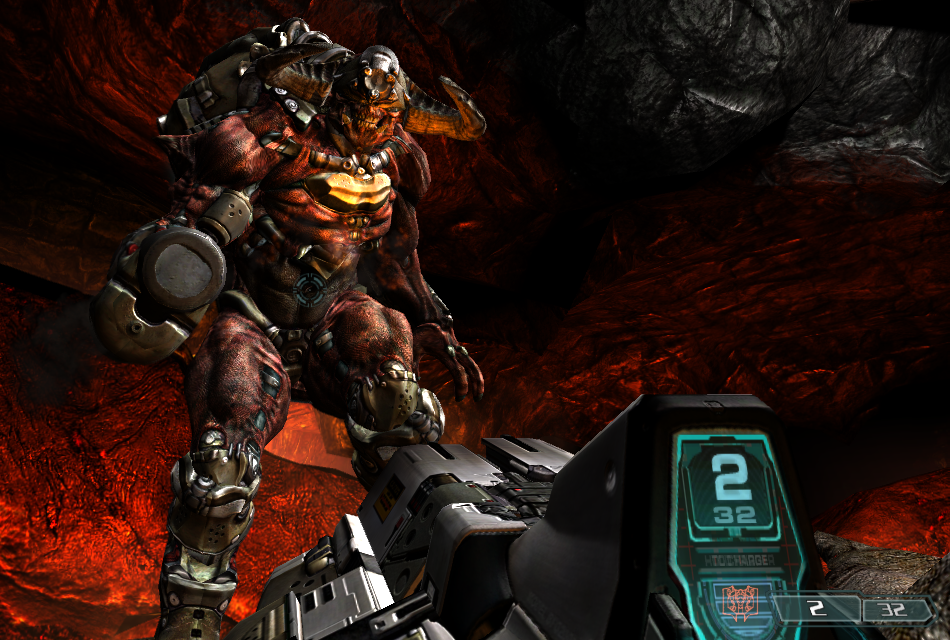

The hardware you see in videos could be described as beta. However, the designer has tested the Linux support with a Raspberry Pi (Raspian) and says it is possible to make a good retro lightgun system using RetroPie. At the time of writing the Linux support (like the 3D perspective support) is said to be "experimental". The Windows and Linux drivers map the lightgun to behave like a mouse and thus it is easy to be compatible with a multitude of games, old retail lightgun ports for PC (as shown above), and emulators including classics available via MAME. Furthermore, this design, its high-speed camera and dedicated CPU, mean it doesn't need to be calibrated and it can add 3D user movement in games that support it. The basic premise behind the technology is that a camera in the gun recognises the rectangle of your TV border and thus it doesn't need a sensor bar(s) like the Wii and PS Move style solutions. The Sinden Technology founder, Andy Sinden, developed the Sinden Lightgun to deliver fluid lightgun gaming to Windows and Linux PCs using LCD monitors and TVs.

Apparently the same laggy feeling was evident with PS Move controllers used in PlayStation lightgun games. Several years later with a Nintendo Wii in the household it was a surprise to see how the lightgun cursor seemed to sway behind my actions. Playing lightgun games on the Sega Dreamcast and a CRT TV, for example, was fluid and fun.


If you played lightgun games on the older consoles using CRT TVs you might have been disappointed with the LCD HDMI TV generation successors. It is a great success for Sinden Technology, which seeks to bring fast-paced lightgun high-jinks to PCs using LCD screens using an "entire new technology". The Sinden Lightgun has blasted past its Kickstarter funding goal of £25,000 and raised over £135,000 so far (half way through the project, with 2 weeks left).


 0 kommentar(er)
0 kommentar(er)
